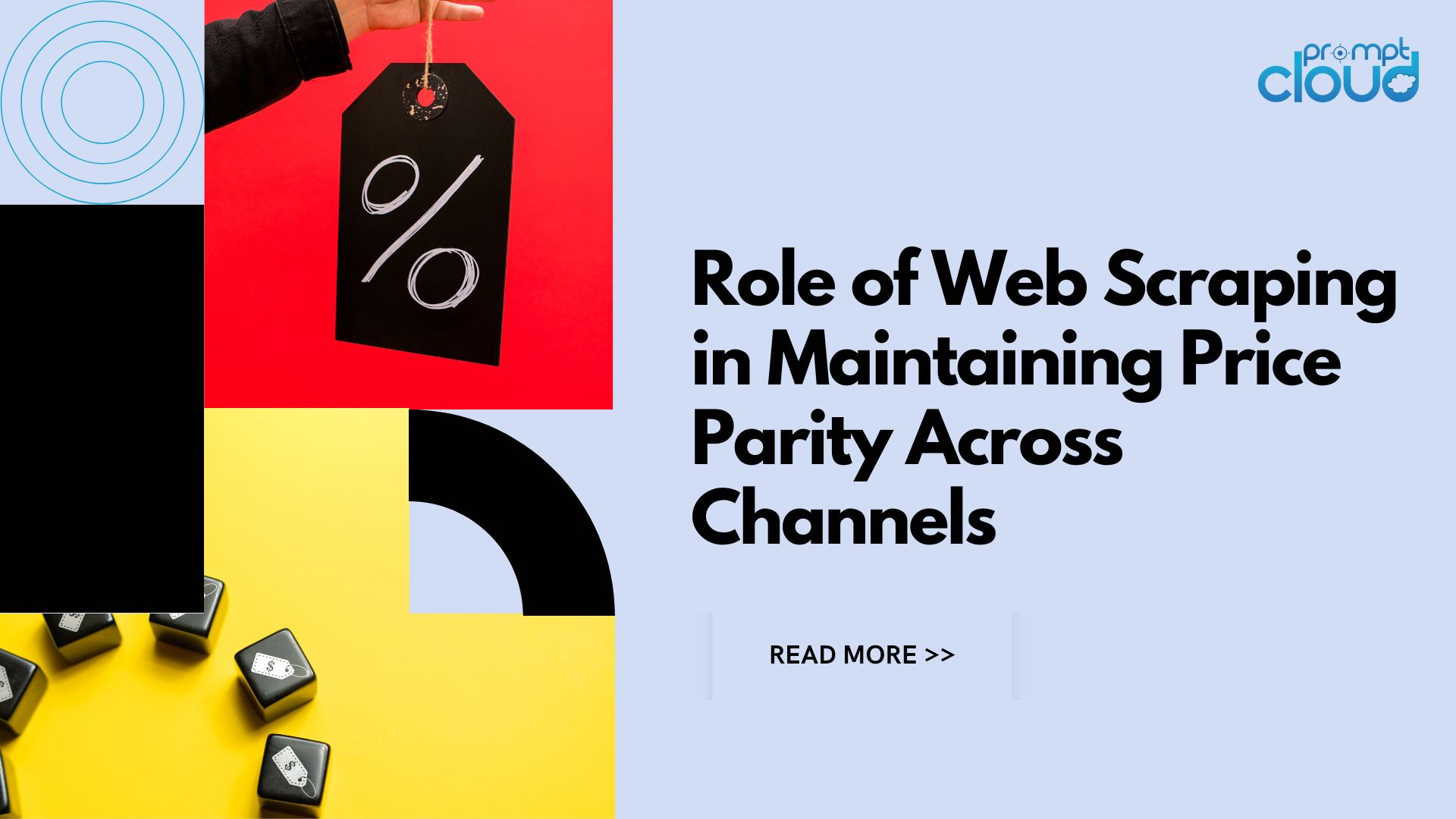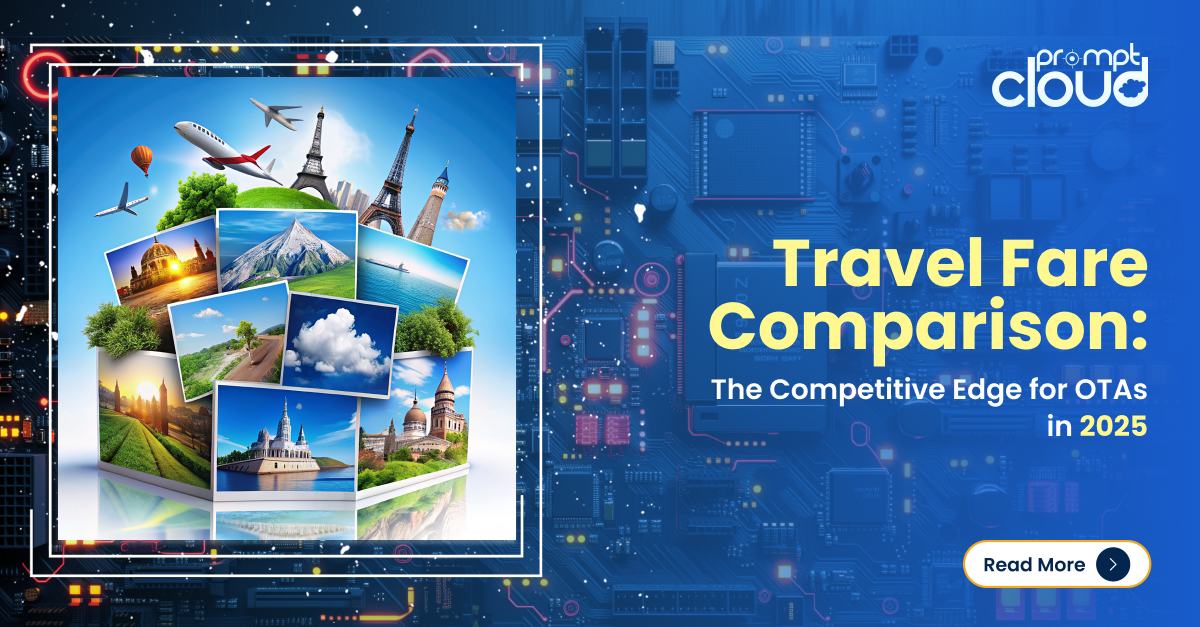Store location data is in the absolute prime of its youth.
According to a survey, as cited by eMarketer, location data is one of the topmost emerging areas that marketers earmarked budget towards in 2019, even ahead of technologies that tend to get more eyeballs, namely IoT and Artificial Intelligence. Store location data has become immensely valued. And like we say, where there is data, there is an unparalleled need for a data scraper. But we shall reel back to that. 66% of all retailers say permission-based geo-tracking is an indispensable part of their business.
Therefore, incorporating location data into marketing efforts has become absolutely essential and comes with its own set of benefits. What exactly are these benefits? And before that, what exactly is location data? Location data is collected from visitors to your website or retail outlets and gets you information on where they are accessing this from and how they are doing it. This provides insight into how the consumer behaves and moves in real-time. It adds another layer of dimension to customer behavior. Now, the benefits.
Benefits of Store Location Data
1) Real-Time Targeting
The starkest benefit of store location data is that it allows for real-time targeted advertising. If you know where your potential consumer is, you can almost instantly deliver custom marketing messages to them which have a higher chance of resonating.
According to a study, around 71% of franchise businesses say they are using mobile location awareness ads to reach their target audiences and around 84% are using targeted social ads which more often than not have a location component.
With so many third-party platforms and plugins available, there are a whole lot of opportunities to serve location-targeted ads in real-time. You can also adapt your marketing efforts to specific people by geofencing using certain criteria (for example, in the vicinity of something) and by delivering tailored creatives (offers that create a sense of urgency, proximity-based reminders, and the like)
2) Segmentation
The efficacy of marketing efforts increases multifold because the location also determines consumer behavior which helps in creating segments for better targeting. But, how important is this really?
According to a survey, business owners in the UK who use location information say that creating location-based audience segments is the most valuable thing that is created from scraped store location data. Niche behaviors have to be broken into groups and be dealt with different kinds of messaging.
A person who visits your store or website thrice a month may not engage with you the same way a person visits ten times. More than that, you get to dive deep into your customers’ psych: how they commute, how much time they take, usual travel routes, time spent in one place, etc. All these can really help you convert your strongest leads.
How can This be Actually Leveraged?
Scraping location data and drawing insights ensure that your web traffic (or store) is seeing the most relevant content (derived from where they lie on the purchase journey) that can lead to conversion optimization. This can be achieved flawlessly through geolocation and targeting.
To elaborate this further, an example of basic geo-targeting is SERPS (search engine results page). When you put in your query in the search engine, Google detects your location and modifies the results based on what is most relevant for you depending on your location.
If you are shopping on a fast-fashion site that is present in most countries, the website detects your location and shows you content and products most relevant to where you stay.
Only enabled by the beauty that is store location data scraping services!
How Important is This Really?
Geo-targeting is used immensely, and it’s very important for improving user experience. It is the slight nudge you have to give to your customer who already knows you and has visited you. Or is about to visit you. Your first step is to scrape store location data. Then define consumer groups for various products and services. This will help you describe buyer personas better. This is the foundation of personalized tactful marketing for each prospective client who mirrors a particular segment.
You get to speak directly to them and make them feel important. You can also address them in their preferred choice of language to make them feel at home. The one-size-fits-all approach rarely works in marketing. You have to sing to everybody who engages with you at some level. Store location data can also help in predicting consumer behavior trends and allows for preparation.
The Bigger Picture
Store location data is the most under-tapped mine of data with the most potential, we’d say. This data helps you understand how your potential customers engage with your brand on multiple touchpoints and you can then attribute the conversion to their sources exactly or know the exact point where you lost the customer.
Also, your brick-and-mortar store marketing effort must align with your efforts online. More often than not, a customer may see your hoarding, come visit your store, not buy anything immediately, go home and browse your website at their own pace and then make a purchase. If you don’t have an omnichannel view, you might misconstrue this as a direct website search sale. But had you the store location data, you’d know the role that billboard played and that physical store played cumulatively to make the purchase happen. The multiple touchpoints will come to the fore and you’d know exactly what to do the next time.
Generating relevant content is a cakewalk when you have a clear understanding of consumer intent. Geolocation, tracking, and store location data can do a fantastic job of exactly that: understanding user behavior from where they are based. Used in combination with other targeting tools, you can create a pool of really strong buyer personas.
In the last couple of hours, you have probably read this article, checked emails, made a couple of Google searches, checked out the local news feeds, sent messages, driven to places, and are wondering what to do next. Or perhaps you have looked up the ingredients to a recipe you have been dying to sample while standing in the grocery store aisle.
This is the pace at which you and I are running today and getting things done while being bombarded with information (mostly irrelevant). In order to win, businesses need to have an understanding of their customers’ environments during moments of engagement with the brand. A sure shot recipe for winning? Serve you a digital display ad with a discount coupon for a key ingredient in the very you are checking out the ingredients to that recipe in that grocery store you frequent. Magic? We think not. Location intelligence, perhaps!




















